Tehran Arrhythmia Clinic is a private healthcare center for visiting, diagnosis and outpatient and inpatient treatment of cardiac diseases and arrhythmias. In our center, the most modern cardiac diagnostic equipment are used to diagnose and treat cardiovascular and arrhythmia disorders. Patients who need inpatient treatment procedures are referred to the contracted hospitals of Tehran Arrhythmia Center.
Patients are visited by our specialists on Saturdays to Wednesdays from 9 AM to 9 PM.
You should contact the clinic to make an appointment for your doctor.
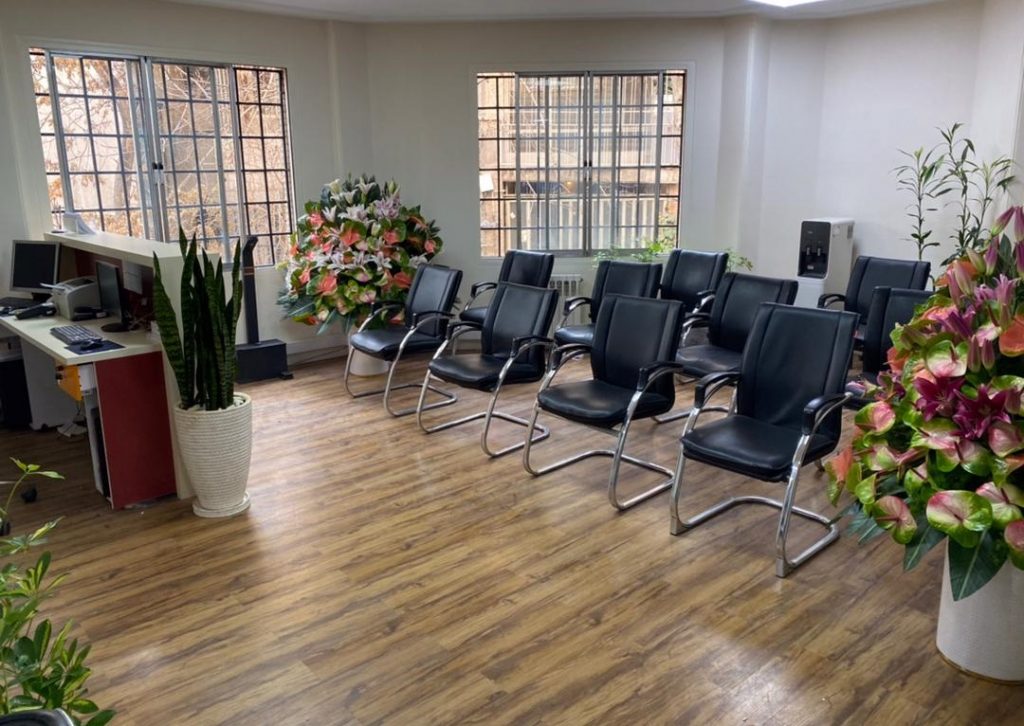
In many patients with cardiac arrhythmias the symptoms are episodic. Cardiac arrhythmias or symptoms may occur intermittently and with unpredictable frequency. A patient may be totally asymptomatic during the doctor’s visit. All investigations including echocardiography and electrocardiogram may even be normal at that time as they only cover a few seconds of observation. Yet the arrhythmias may start a few minutes or a few hours later. In many patients the severity or frequency of the arrhythmias or the relation of the detected arrhythmias to patient’s symptoms may need to be determined by recording the patient’s heart rhythm over a longer period of time. The most common form of prolonged ECG recording is Holter monitoring.
During the Holter monitoring something like an electrocardiogram recorder but at a much smaller size and with fewer cables is connected to the chest. Patient is instructed to try to have as a normal life as possible during the recording. A sheet of paper is provided to the patient where he/she should keep a diary of symptoms. For instance if symptoms like palpitations or dizziness happen to occur, a button on the device should be pushed and the time, type of symptoms and the circumstances during which symptoms appeared should be noted on the sheet. The sleep and wake up times are also important for interpretation of holter recordings and should be noted. When the patient returns to the clinic the data are transferred from the holter recorder to the computer. The computer software usually provides an automatic report of the recorded events. This automatic report is, however, erroneous most of the time! The downloaded data should be analyzed and corrected by a trained technician while supervised by the cardiologist.
The duration of the Holter recording varies depending on the patient’s underlying disease, the frequency of symptoms and the doctor’s choices. Usually the recordings are carried out for one or two days. However, sometimes longer recordings, as long as one week or one month, may be required. In such circumstances special recorders are available that have longer battery longevities and fewer cables so that the patient can disconnect the cables during the showers and reconnect them afterwards.
Holter recordings may still have a role when arrhythmias happen very infrequently, even every few months. In many of these patients arrhythmias with a shorter duration, extra beats or other findings may be recorded during a simple 24-hour recording that may help the doctor to diagnose the problem.
You should ask your doctor about continuing or discontinuing your drugs during the Holter monitoring period. The drug may have to be discontinued for the arrhythmias to happen and to be detected. In other instances your doctor may have requested the Holter monitoring while on drugs to study the drug effects.
There are many patients whose symptoms such as palpitations or syncope appear very infrequently, even every several weeks or months. The symptoms may resolve and the arrhythmias may disappear by the time they arrive at the medical facilities. When the usual short term Holter monitoring is unrevealing event recorders may help.
There are three types of event recorders. The first type does not need to be connected to the body continuously. The patient should just keep the recorder by his/her side all the time. Whenever symptoms appear, the patient should grab it between hands or press it against the chest. The device will record the heart rhythm and keep it in its memory. These devices are very convenient to use but the patient should remain alert during the arrhythmia and it should last long enough to get the recordings. Therefore it cannot be used for patients who lose consciousness or when arrhythmias last for just a few seconds.
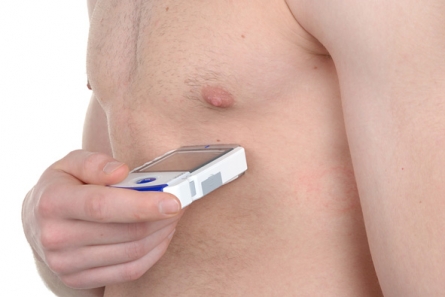
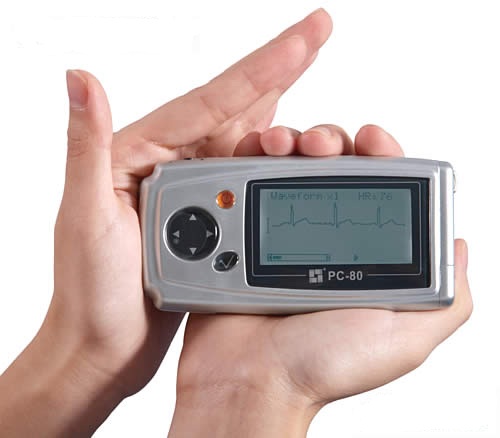
The second type of event recorders, loop recorders, have to be used for such patients. These recorders have to be connected by one or two cables to the chest wall and monitor the heart rhythm continuously. Whenever the abnormal heart rhythms are automatically detected or triggered by the patient who pushes a button, a snapshot of the event is kept in the device’s memory.
Event recorders can be used for one or few months to record infrequent arrhythmias. The recorded data are downloaded to a computer and appropriately analyzed and interpreted.
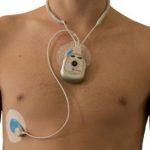
The third type of long term recorders are insertable loop recorders. These are small devices that can be inserted by local anesthesia under the skin of the chest wall. They work like loop recorders but their batteries lasts for up to three years. The device can be interrogated remotely by a programmer located at the outpatient clinic. The data recorded automatically or by the patient’s trigger can be analyzed through the remote programmer. The device can be extracted when the diagnosis is made and it is no longer needed. The newest models of these devices are so small that they can be injected under the skin by a special delivery system.
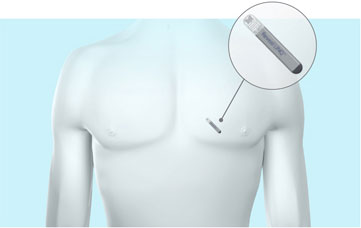
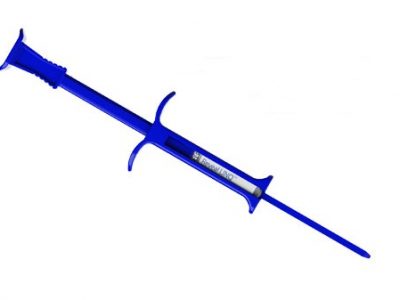
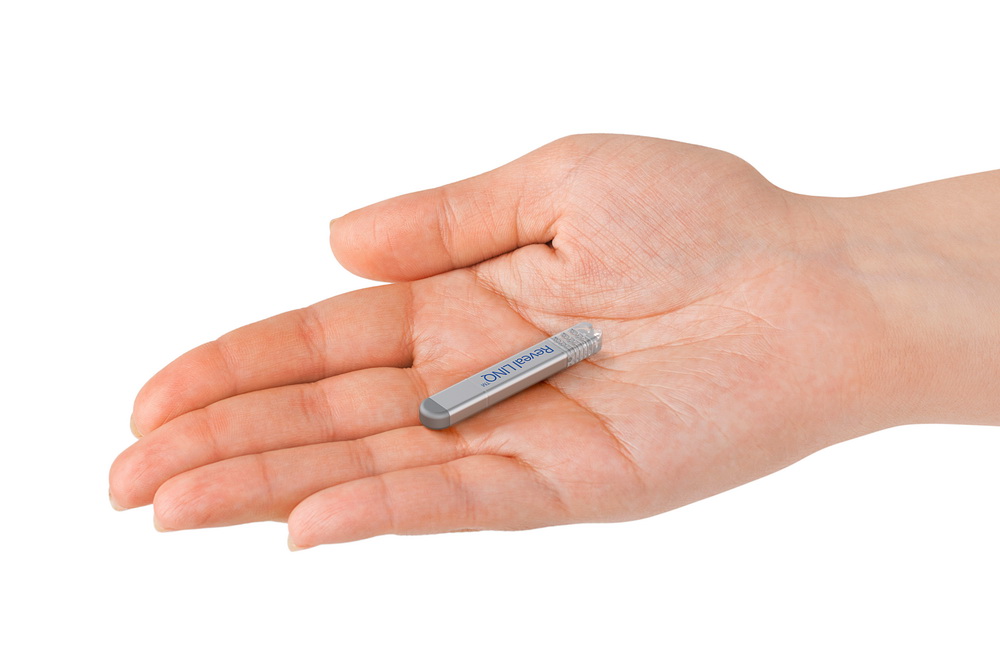
Echocardiography is a kind of sonography that examines the heart structure and blood flow by ultrasound signals. Important information can be obtained by echocardiography regarding wall thickness, the size of heart chambers, the contractile function of the ventricles, valvular functions or the presence of congenital or acquired structural abnormalities. The gathered information can help the physician in finding the structural abnormalities that may predispose to cardiac arrhythmias, assess the impact of the arrhythmias on cardiac function and even estimate the prognosis for the disease. Cardiac arrhythmias and structural abnormalities especially heart failure have important interactions. Most cardiac arrhythmias, if left untreated, can lead to heart failure and heart failure can lead to serious ventricular arrhythmias including sudden cardiac death.
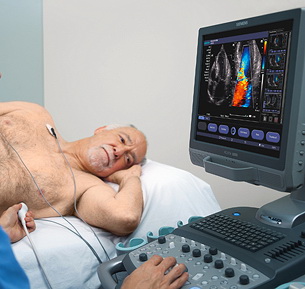
The effect of exercise on cardiovascular system is studied by this test. Cardiovascular parameters including electrocardiogram and blood pressure are monitored while the patient exercises on a treadmill.
Coronary artery disease is one of the most common causes of cardiac arrhythmias including sudden cardiac death and exercise test is the most available, the most convenient, the safest and the cheapest way to evaluate heart vessels. There are more accurate means for detection of coronary artery diseases like radionuclide scans, coronary CT angiography or coronary angiography itself but they are more expensive and involve an exposure to radiation. Your doctor may suggest them for you if the results of the ECG exercise test are abnormal.
The ECG exercise test may also help the physician in the diagnosis of cardiac arrhythmias and other cardiac diseases. Some kind of arrhythmias may only start during vigorous exercise. In various cardiac diseases the results of the exercise test may also be of great prognostic value. It is also used for the follow up of the disease course or for the evaluation of the response to drug therapy.
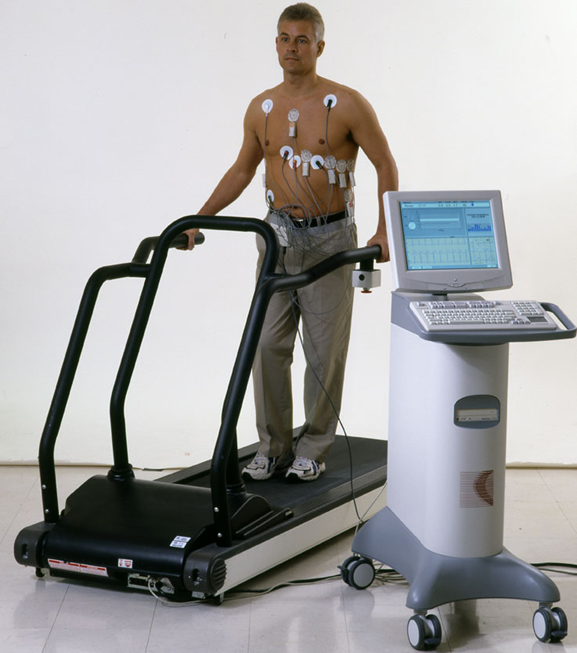
Disturbances of consciousness are one of the common presentations of cardiac arrhythmias. Patients may feel dizziness, lightheadedness, fatigue, near fainting or even transient loss of consciousness or syncope. This happens when failure of the circulatory systems leads to a decrease in the blood supply to other organs including brain. These symptoms may also be paroxysmal and the patient may appear completely normal between the attacks. Many patients are followed and treated for many years by psychiatrists or neurologists without any improvements. Many kinds of arrhythmias may lead to loss of consciousness and some of them could be lethal. Patients should be studied thoroughly until the definite cause is identified and treated appropriately. One of the most common causes of fainting is the so called vasovagal syncope or neurally mediated syncope and Head-up Tilt Table Test is a simple test used for its diagnosis.
During the test the patient lies over the tilt table while various cardiovascular parameters are monitored. Then the table is tilted to a semi-upright, 60 to 80 degrees, position. Sometimes drugs like isoproterenol infusion or sublingual nitroglycerine are used to test the cardio-circulatory response. In order to have a more accurate diagnosis the patient’s symptoms may be reproduced during the test. As this is performed under a strictly controlled environment, by highly trained technicians and under the supervision of an electrophysiologist, the Head-up Tilt Table Test is totally safe and there is no need for any concern.
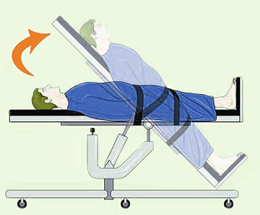
Implanted electronic devices including pacemakers and ICDs should be analyzed and programmed by special ‘Programmers’ regularly. Every device needs to be checked by the specific programmer from the manufacturing company. The programmers from all the European and American manufacturers are available at Tehran Arrhythmia Clinic.
It should be noted that the routine visits by doctors and even electrocardiography are not sufficient for the follow up of the cardiac devices. The device analysis should be performed by an electrophysiologist on a regular 3-6 months basis, depending on the underlying disease, the type of the device and the intrinsic function of the heart.
During the device analysis your doctor will find out about your intrinsic heart function, the device function and any cardiac arrhythmias that have happened since your last visit. Then the electrical properties of the implanted leads are studied along with the remaining battery longevity. The doctor will then be able to program the most appropriate parameters suitable for the condition of the patient’s heart and will be able to detect any abnormalities before any problems arise with the device function. Regular and appropriate device programming will extend the longevity of the devices.
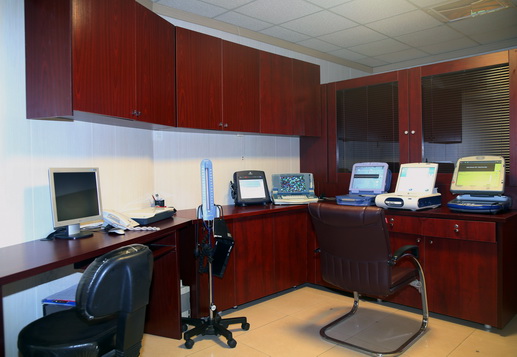
There are various other tests that may be used in the detection and follow up of specific cardiac arrhythmias. These include:
****** Subscribe to newsletter
For the first time in Iran, the pacemaker and electrophysiology department and arrhythmia clinic were founded in Rajaii Heart Hospital in the year 2000. After leaving the Heart Hospital in 2002, Tehran Arrhythmia Center was established as the first private subspecialty center for the comprehensive diagnosis and treatment of cardiac arrhythmias. Since 2020, the original mission is being followed in the current organization.